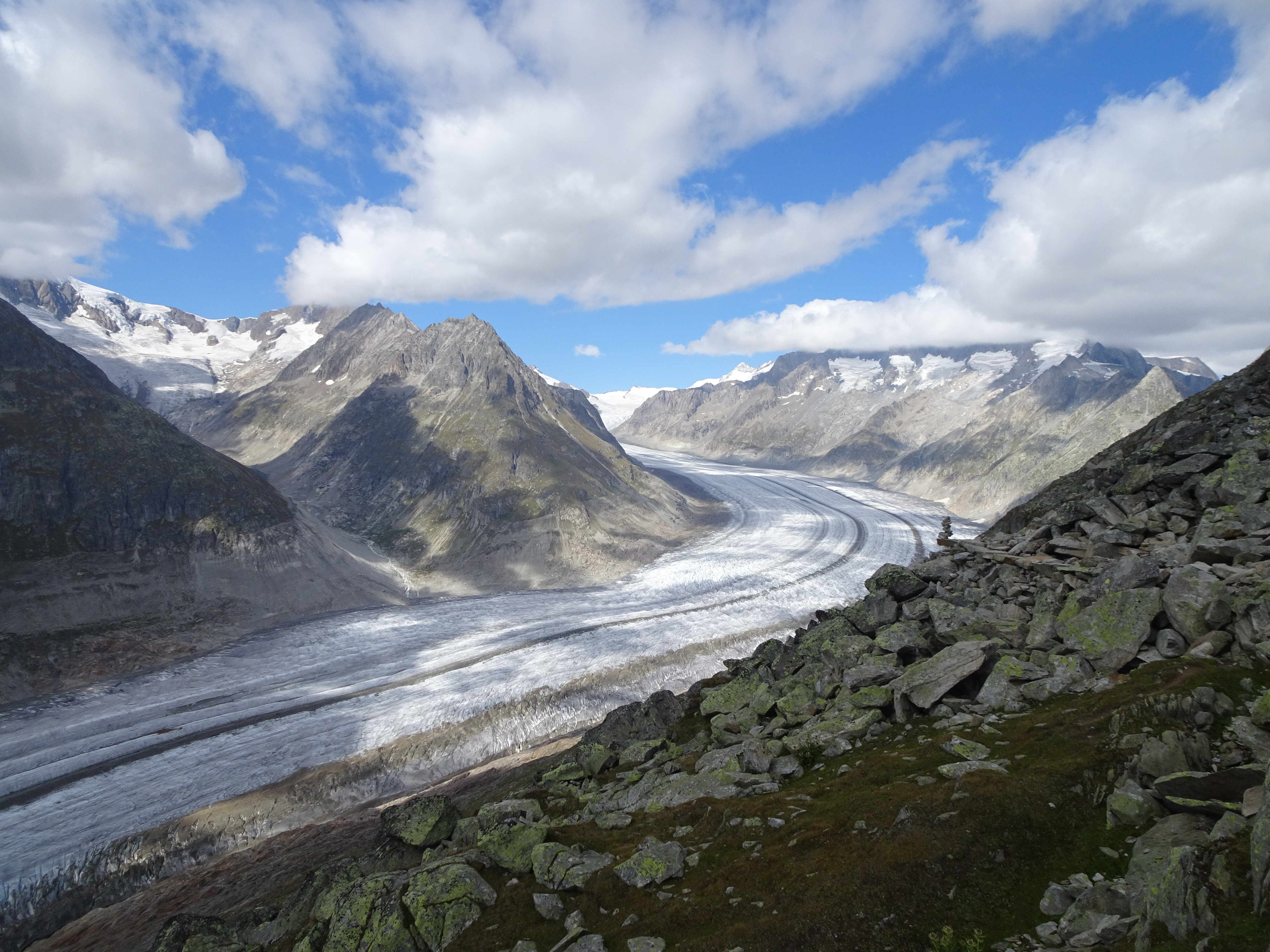Mountaineering from out the Flat Land
By Olivier Bello, member of Mountain Wilderness International’s executive committee.
In his novel ‘The Eight Mountains’ Paolo Cognetti recalls the idea that the live experience of the mountains does not require to be born there, and there are as many ways as human beings to get witched by the mountaineering. And as a fact, in the delta where Dutch people settled, which combines the three major rivers of the Rhine, the Meuse and the Scheldt, standing on a land as flat as it can be, people dreaming of the mountains are found. And these people feel bound to them, living on the the sediments carried along by rivers from the heights, by the digues they must rise as a result of the melting of far away glaciers .

And the Dutch do not limit themselves to dreams: people go to the mountains, practice and live them. The approach to mountaineering is that of all urbanized mountaineers, and like their cousins in Paris, London, Berlin, they are waiting for the time when they can return to the mountains. Because the distance makes the need stronger, they might want it even more than locals down in the valley. In between the rare moments of climbing, they will cherish every piece of stone, dry plants, or ibex horn for the luckiest, brought back from their last outing. But for the 4 UIAGM mountain guides, out of the 9 in the country, who have expatriated to the Alps, all claim the same difficulties in being accepted among their more “local” colleagues as well as René Desmaison, despite his achievements, when he left Paris for Chamonix.
These mountains are not theirs, but they love them as much as you can love the Munros of Scotland from Madrid, or as you dream of Nepal in Copenhagen. Passion knows no boundaries. If we were still looking for cultural clichés, we would have to dig into the German side of the Alps.
Indeed, no Dutchman remembers that Edward Whymper’s father was a compatriot and that all generations of climbers since the 116th anniversary of the Dutch Alpine Club (NKBV), have relied on Swiss, Austrian or German guidelines for mountaineering, one would rather stress the importance of mastering rope techniques than diving into the ‘Inner Mountain’ of Lionel Daudet, and embrace the cutting edge of avalanche science from the Swiss rather than spend too much time on ‘soft bodies’ such as developing a Sixth sense for mountaineering feeling..

Even before 1902 Dutch climbers were active in the Alps. An example is Ms. Jeanne Immink (1853-1929), the only person to give her name to two peaks in the Alps: the Cima Immink and Campanile Giovanna (“Jeanne’s Tower”), which stand next to each other in the Dolomites.[2]
SomethingI personally experienced in the Dutch mountaineering is that‘refreshing’ approach of all kind of mountains. Although they dohave a pragmatic preference for the Alps as their closest destinationto the glaciers, there is a truly unprejudiced attitude in Dutchclimbers for any kind of destination, and the enthusiasm is as strongfor the mountains of Africa, Andes or the East of Europe as for theMatterhorn. The same position is also to be found in the adoption ofthe best practices. Here, no defamation for a technique because ‘itisn’t invented by us’, or narrow-minded statements for the sakeof so-called cultural differences. From all ways to domountaineering, they try to assess that is the state of the art andjust adopt it.
Somehow this sounds to me as a call for tolerance and acceptation of the variety of values in an alpine world where, too often a terrible cacophony is taking place, focusing on trivial details while the essential still remains: that even in a small, unlikely flat place for Alpinists like the Netherlands, an genuine passion for the mountains is alive, and that is what bound us all to the cause of protecting them and the way of life coming along with it.
Facts&figures about mountaineering in The Netherlands :
The Dutch alpine club (NKBV) counts about 60.000 members. The club contributes to maintaining paths, ways and huts against a participation of € 400.000 euros every year, in exchange for the equivalence for NKBV-members for a discount in the mountain huts.
There are 9 UIAGM Dutch guides and about 20 International Mountain Leaders (UIMLA).
Photos:
The landscape of Friesland in the Netherlands. Photo by Gouwenaar.(https://www.goodfreephotos.com)
Aletsch Glacier: Bernard Marclay